

Closing supply chain gaps in innovating technology will reposition the industrial base to be a strategic source of value.
By Breaking Defense
In this op-ed, Nadia Schadlow calls for an end to the “mind-numbing cycle of far too many studies coming out of the Pentagon and the US government as a whole — with little progress on implementation.”
By Nadia Schadlow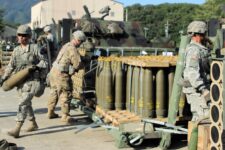
“We are working on it literally as we speak,” said Laura Taylor-Kale, assistant secretary of defense for industrial base policy.
By Valerie Insinna
“We were very disjointed” in efforts to support contractors, admitted Pentagon CISO Dave McKeown. “We want to make that more streamlined.”
By Sydney J. Freedberg Jr.
Successful implementation of the National Defense Industrial Strategy may very well be the deciding factor in our future as a global military power.
By Christopher E. “Chris” Kubasik - Chair and CEO of L3Harris Technologies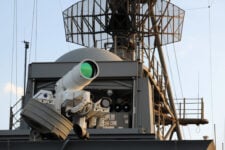
A report from NDIA highlights directed-energy suppliers’ struggles to get by on unpredictable “one-off” contracts for prototypes and field tests — but OSD research and acquisition officials warn there are complex tactical questions to work out before they can buy lasers in bulk.
By Sydney J. Freedberg Jr.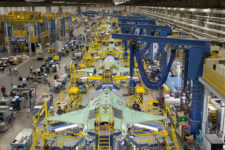
“The current and future strategic environment requires immediate, comprehensive, and decisive action in strengthening and modernizing our defense industrial base ecosystem to ensure the security of the United States and our allies and partners. As this strategy makes clear, we must act now,” Deputy Defense Secretary Kathleen Hicks writes in a forward to the new National Defense Industrial Strategy.
By Theresa Hitchens
At its most basic level, under CMMC 2.0, defense contractors and subcontractors that have access to controlled unclassified information (CUI) will be required to demonstrate the “maturity” of their cybersecurity programs against a set of increasingly advanced capabilities.
By Jaspreet Gill
George Mason University’s Jerry McGinn argues in this op-ed that the Pentagon can move more quickly if it heeds lessons from a previous life-or-death acquisition story.
By Jerry McGinn
There are four key areas the strategy focuses on: having resilient supply chains, workforce readiness, flexible acquisitions and a focus on economic deterrence and economic security.
By Jaspreet Gill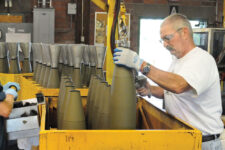
The Defense Department’s recent suggestions that it is poised to create a “munitions campus” would greatly benefit the US and its partners, writes Nadia Schadlow.
By Nadia Schadlow
While key executives tell Breaking Defense they have adjusted to the new normal, experts worry IT supply chain vulnerabilities could be exploited in the future by adversarial nations.
By Jaspreet Gill
“So we don’t have nearly what we had at the heart of the Cold War. Now you add that we’re giving a lot of munitions away to the Ukrainians — which I think is exactly what we need to do — but now we’re getting dangerously low and sometimes, in some cases even too low that we don’t have enough,” said Gen. James Hecker.
By Michael Marrow

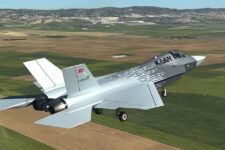








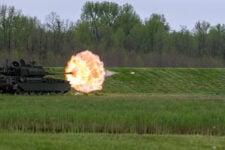



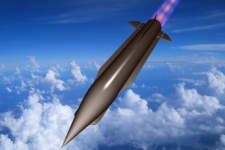




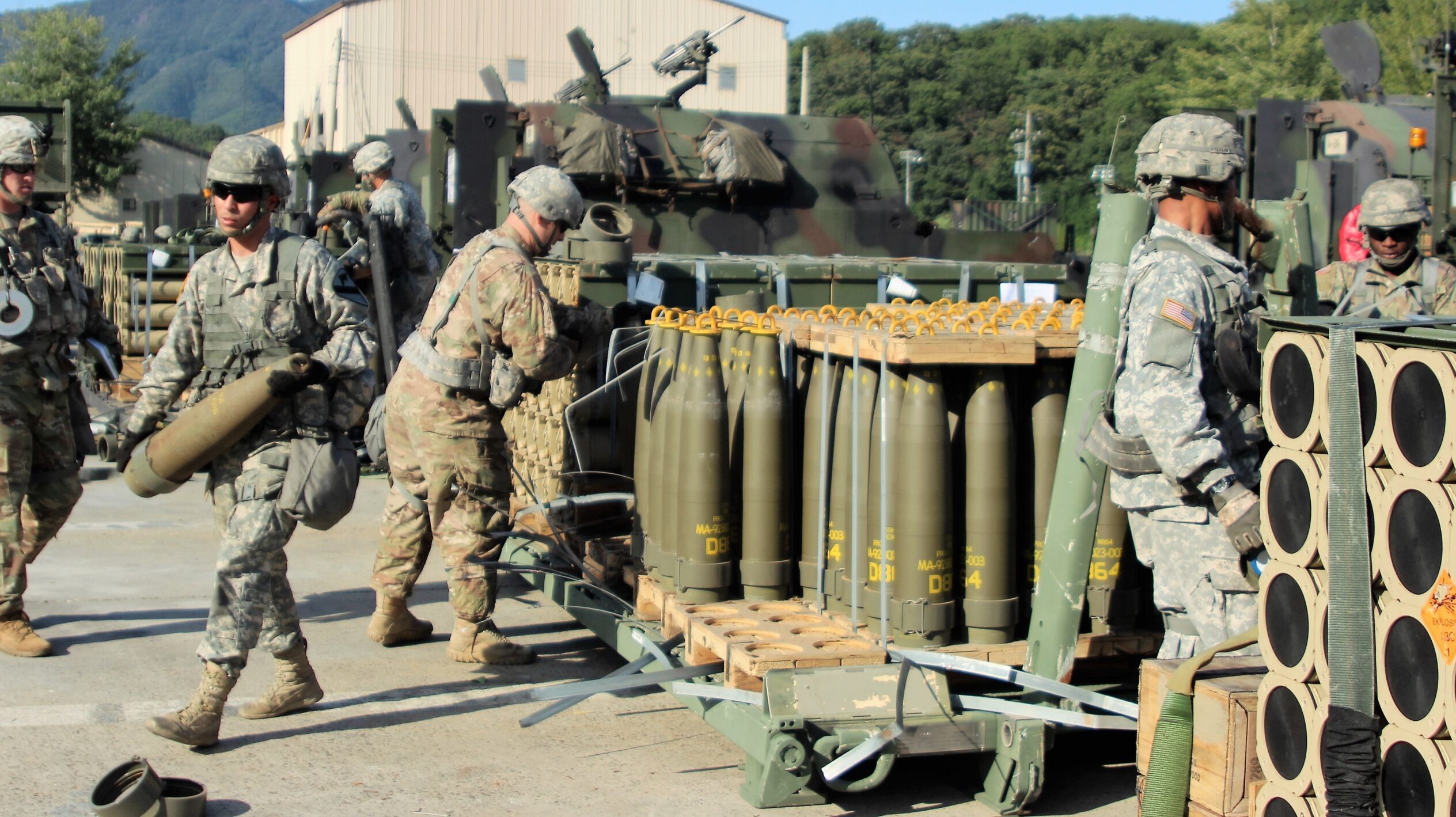





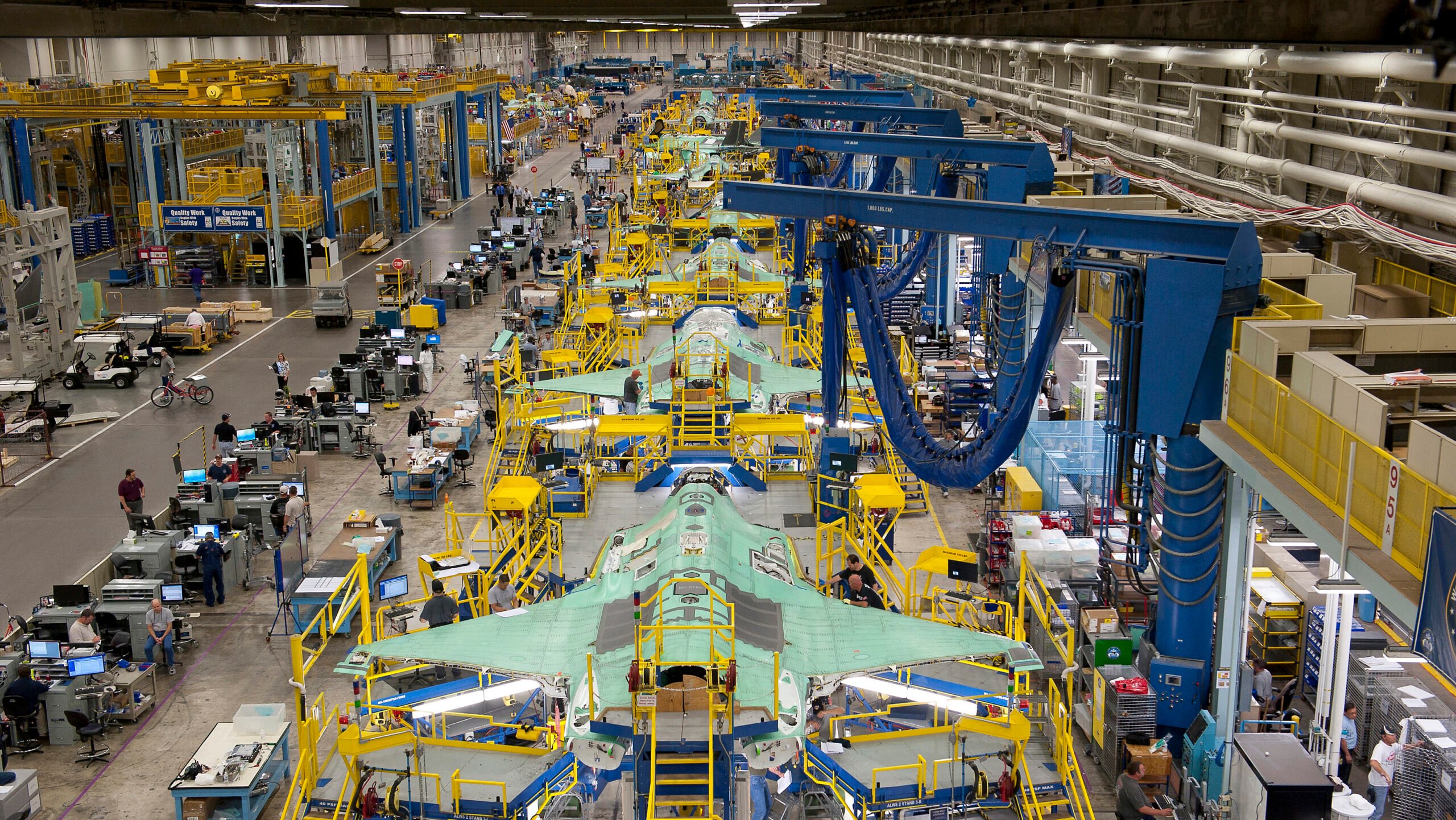
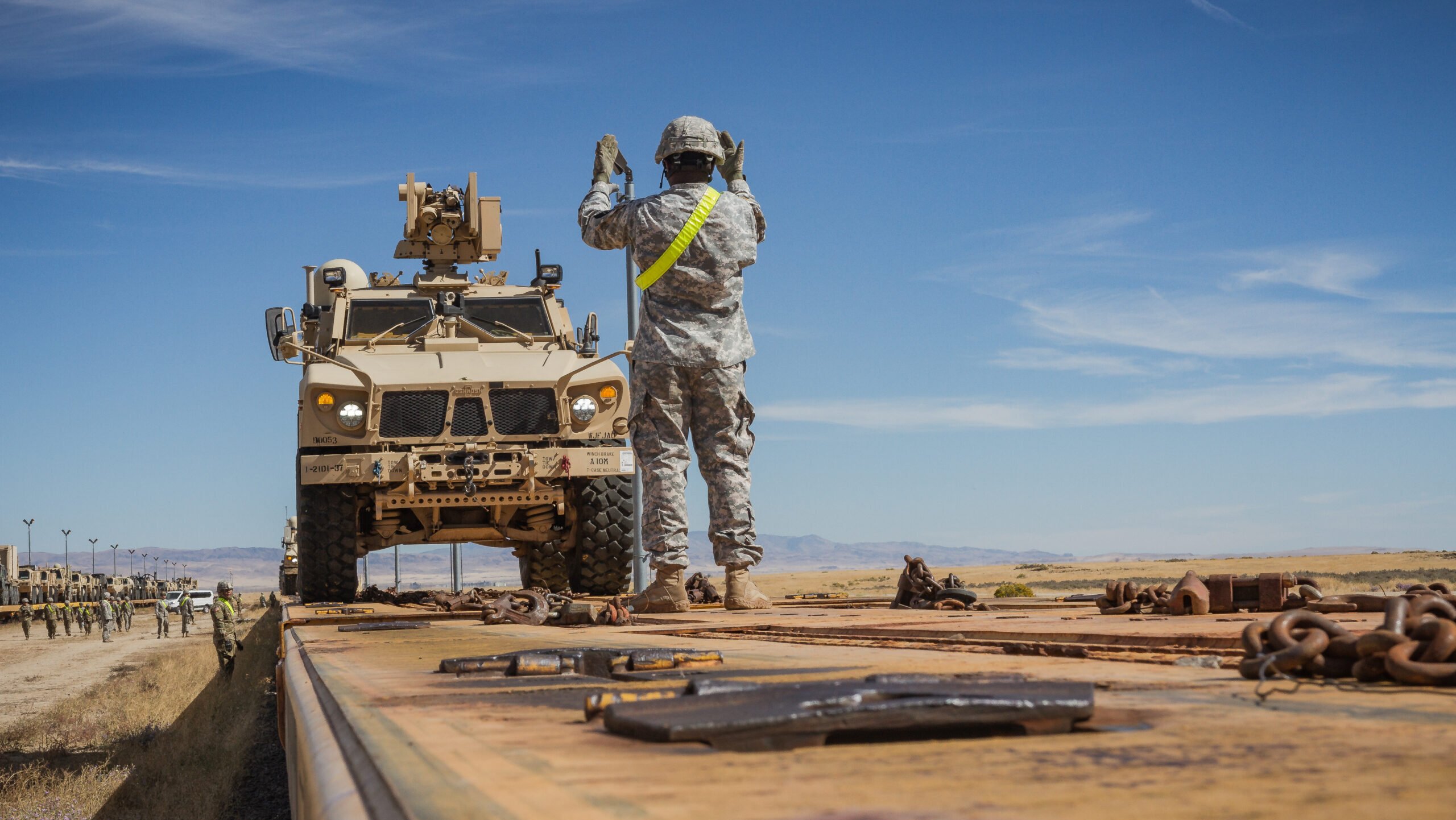
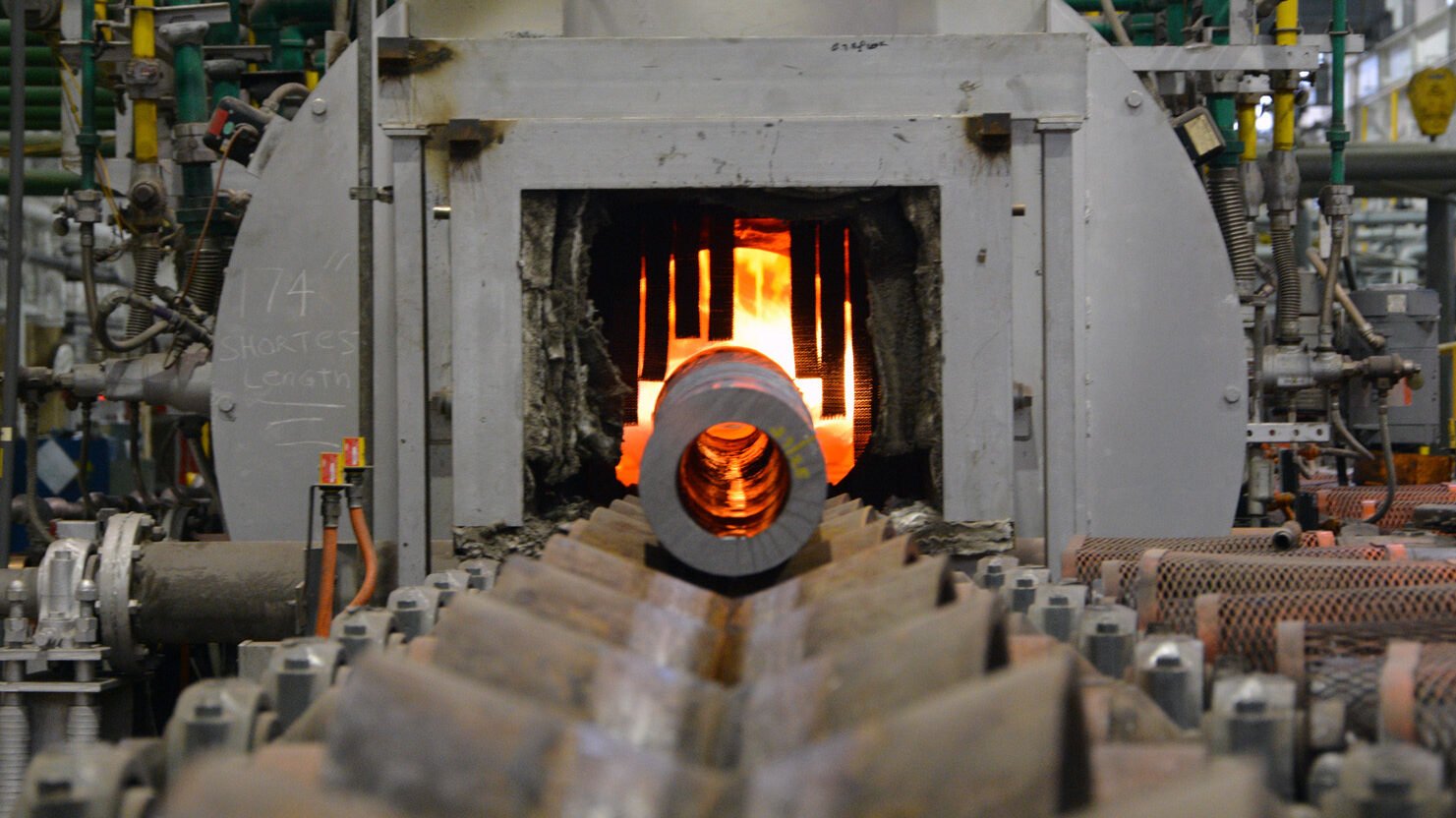
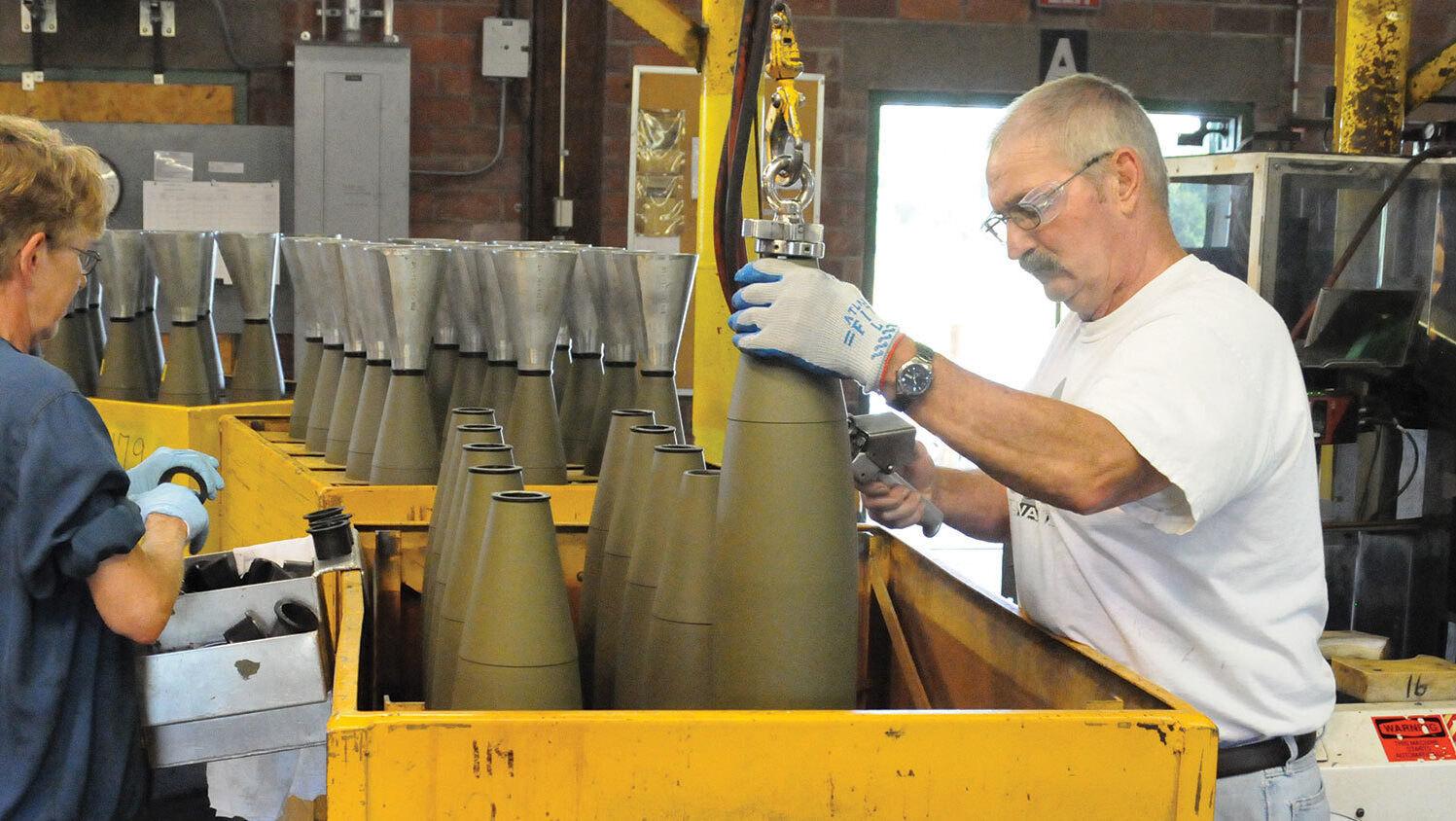

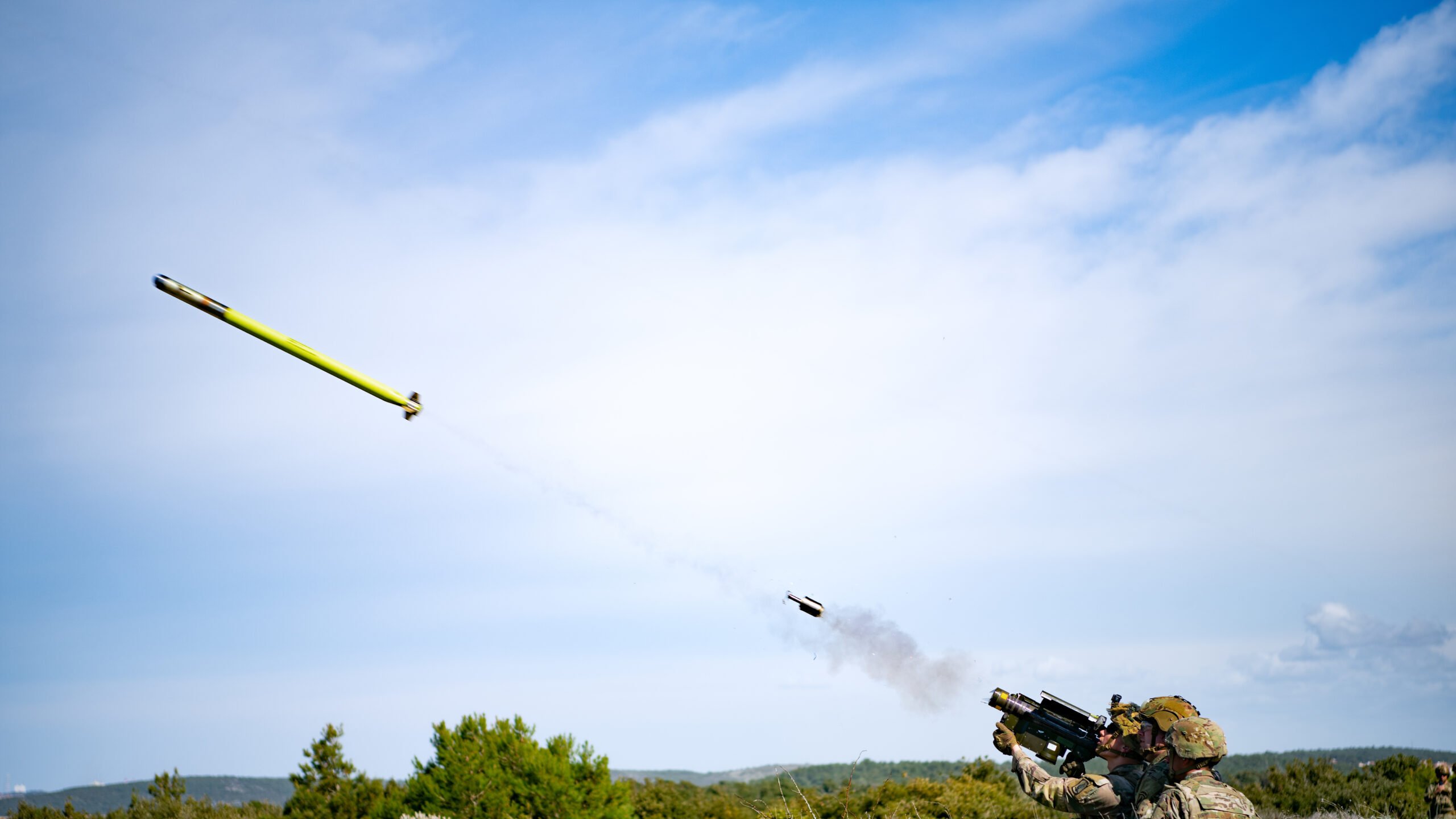





In this op-ed, Jeffrey Nadaner lays out ways to modernize the Defense Production Act to better serve the defense industrial base.
By Jeffrey “Jeb” Nadaner